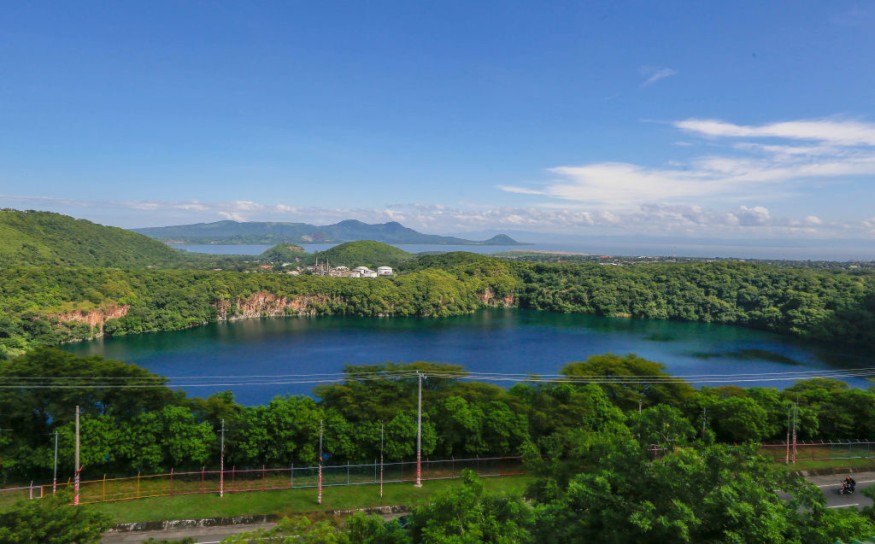The Nicaraguan government warns the public to continue to remain vigilant following the earthquake.
A 6.7 magnitude earthquake on the Richter scale erupted in the Pacific Ocean near a fishing village on Nicaragua's western coast recently.
Geological authorities have not issued a tsunami warning but the Nicaraguan government claimed there is still a threat in the Central American nation.
Massive Earthquake

The quake initially occurred around 58 kilometers (36 miles) near the Nicaraguan coastal town of Masachapa, located southwest of the capital city of Managua, on Wednesday, April 20, according to the United States Geological Survey (USGS), as cited by ABC News.
The USGS reportedly said the collision between the Cocos and Caribbean tectonic plates in the Central American region triggered the recent earthquake.
Both local and international authorities have not reported any casualties or infrastructural damage.
However, Nicaraguan officials have not ruled out potential threats.
Aftershocks and Tsunami
Conflicting media reporting suggests that there was no tsunami threat, but Rosario Murillo, Nicaragua's vice president, and an official spokesperson told during a news conference that there is a tsunami alert but it does not mean that such an event will occur, as per Costa Rica's local media outlet The Tico Times.
The media agency added that the major earthquake shook the country on Thursday, April 21, and cited a statement from the Nicaraguan Institute of Territorial Studies (INETER) that occurred near the beaches of the coastal town with a tremor that lasted for several seconds.
Following the earthquake, Vice President Murillo urged all Nicaraguan nationals to stay on alert for possible aftershocks or in case of a new earthquake.
Murillo also emphasized exercising measures, such as going to exit routes of homes and prioritizing vulnerable groups like children and elderly people.
Costa Rica and El Salvador
Based on reported accounts from residents, "strong tremors" were felt in the Nicaraguan capital with no further details provided.
The USGS said that the tremors were also felt in Nicaragua's Central American neighboring countries of Costa Rica and El Salvador, as cited by Reuters.
There were also no immediate reports of human casualties or property damage so far in the mentioned areas.
Ring of Fire
Based on Murillo's precaution, further aftershocks or earthquakes are still possible as the said country is situated within the Pacific Ring of Fire, a horse-shoe or arc-shaped region in the Pacific Ocean wherein the movement of tectonic plates is prevalent.
This causes frequent earthquakes and volcanic eruptions in the said underground region, affecting the western portions of the following countries in the Americas, including the United States, Mexico, Chile, Colombia, Guatemala, Panama, Ecuador, and Peru.
Other countries, such as Tonga, Papua New Guinea, New Zealand, Japan, the Philippines, and its surrounding regions in Southeast Asia and Oceania are prone to these seismic activities.
Notable Earthquakes in Nicaragua
The region near Masachapa was also a site of one of Nicaragua's strongest earthquakes in historical records where a 7.6 magnitude earthquake on the Pacific coast of Nicaragua in 1992 triggered a tsunami that resulted in widespread damage and a large number of casualties, including at least 100 deaths.
The said earthquake was preceded by a stronger tremor with a magnitude of in 1972, also referred to as the Managua earthquake where between 5,000 and 12,000 people were killed in dozens of communities, as per the International Tsunami Information Center of the United Nations Educational, Scientific, and Cultural Organization (UNESCO).
Related Article: Nicaragua's San Cristobal Volcano Calming Down
© 2025 NatureWorldNews.com All rights reserved. Do not reproduce without permission.

